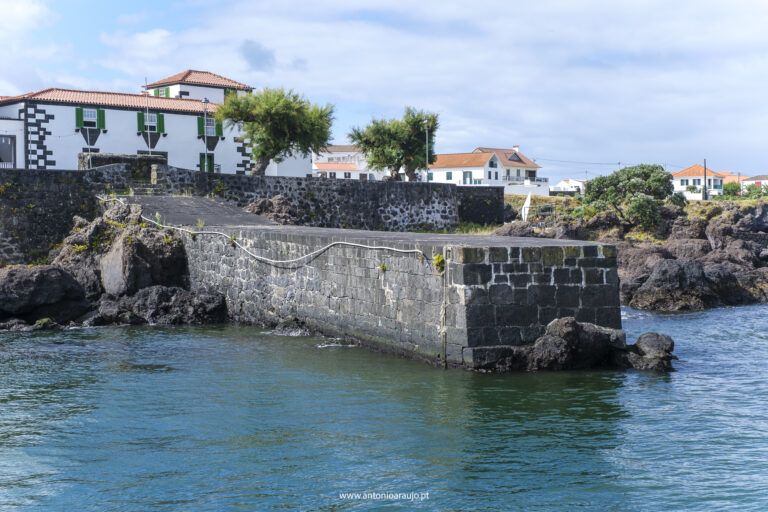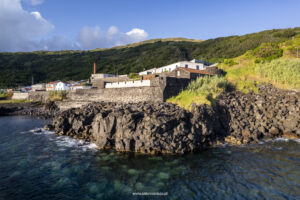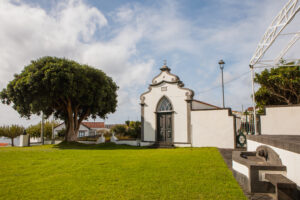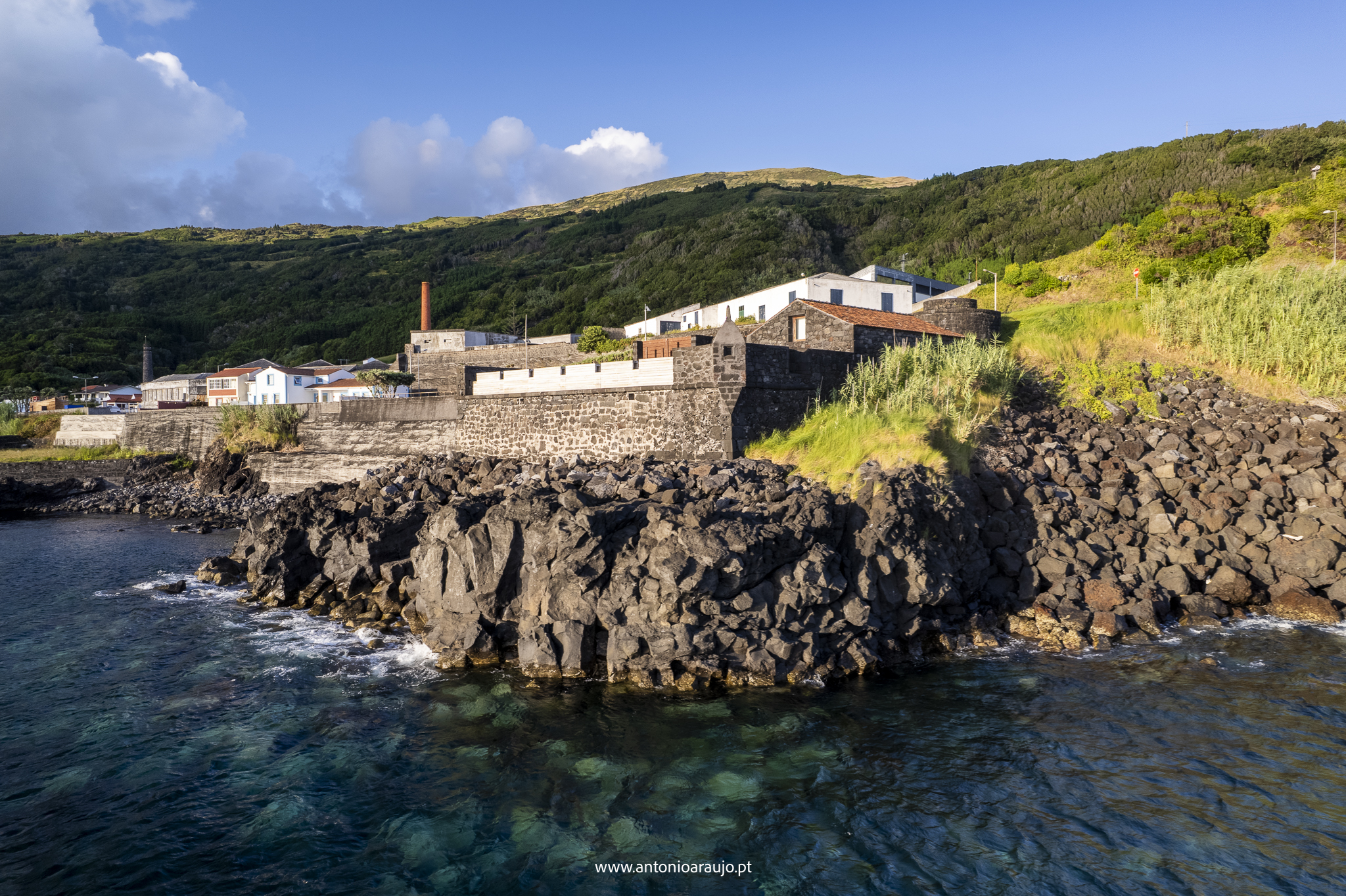
Ships in sight, new tales on the tide!
The protection of the three main towns on Pico was guaranteed by redoubts and watchtowers whose poor architectural quality led to their abandonment. Like many other places, some surviving structures were reclassified and converted into scenic viewpoints. Despite this, some have entirely disappeared, and only their memory remains
preserved in the place’s toponymy.
- Madalena, São Roque and Lajes
- 1 day
- Recommended months to visit January - December
- Locations visible from outside and some locations subject to opening hours
- Low difficulty level
Historical context
During the 16th and 17th centuries, Pico was not a primary target for corsairs in the Azores because it was not a point of support on the India Route.
The fortifications were erected late, with fortified lookouts in Lajes, although Pico played an essential role as a secondary support in the Atlantic trade routes, providing essential goods to the central islands and the navy. The main lookouts were installed in Madalena and on the south coast, but by the 19th century, they were all abandoned or nearly destroyed.
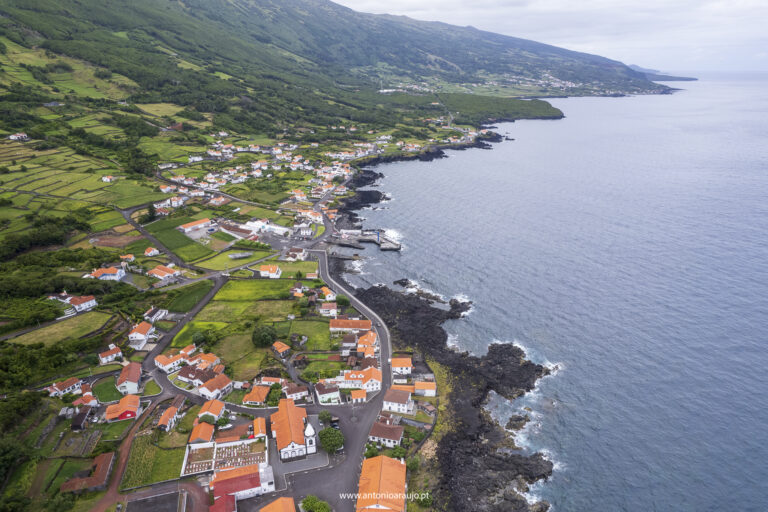

Influences on Pico’s Cuisine
The use of spices is common in Azorean gastronomy, which surpasses the use of herbs, typical from the mainland’s cuisine.
This custom dates back to when spices were abundant in the islands’ ports, and each locality adapted their use to their taste.
Originally made with the blood and offal of lamb, kid, sheep or pig, sarapatel appears to have had a Jewish origin and, after being taken to the East by the Portuguese in the 1500s, spices (pepper, cloves and paprika) were incorporated and returned on ships from India with these new palates. In Pico, although now nearly a memory, people also made sarapatel. Adapting to local products, limpet sarapatel, seasoned with spices, was an appreciated speciality until a few decades ago.
Fort of Santa Catarina
Several watch posts were set up in the extensive Bay of Lajes.
The transformation of the Santa Catarina watchtower into a fortification dates back to the 18th century, when a wall on the landward side, platforms, bartizans, and facilities for soldiers and oars were added. Its consolidation occurred in a particular context of insecurity caused by the War of Spanish Succession, and its name alternated between “Fort of Santa Catarina” and “Santo António”. In 1978, it was classified as a Property of Public Interest, and in 2006, it was restored by the Lajes Municipal Council to accommodate a leisure area, garden, viewpoint, and performance area.
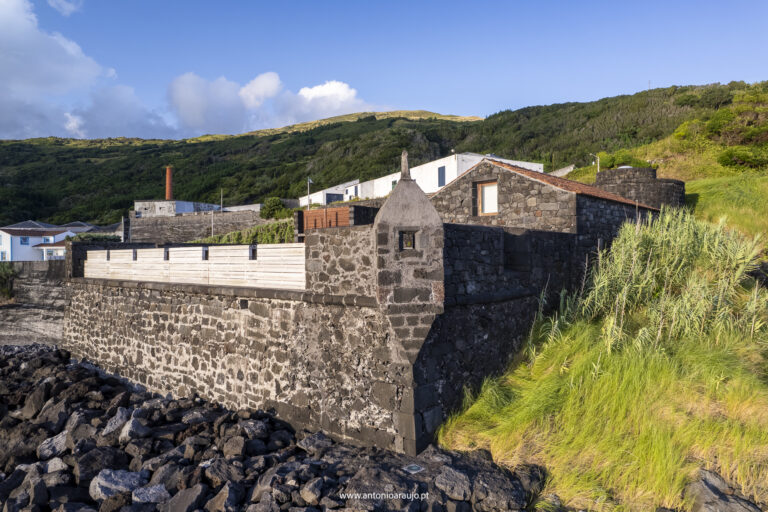
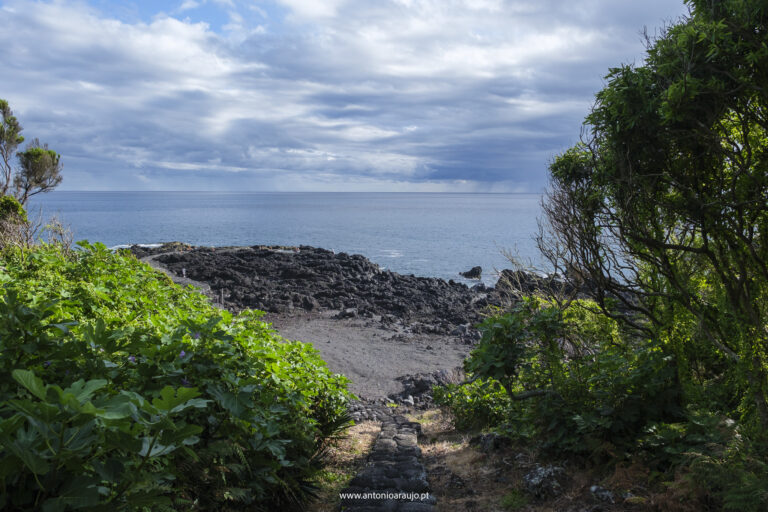
Ponta do Mouro
Some toponymic designations allude to aspects that we can easily associate with an imaginary of fights and defence actions that may have occurred during the period when ships and galleons were pursued by pirates and privateers in the seas of the Azores. This is the case with Ponta do Mouro, which historian Gaspar Frutuoso says is also known as Ponta de André Roiz but which local memory remembers as having been where a shipwrecked or escaped Moor arrived on the island and never left. Today, it is a bathing area known as Ponta do Admoiro.
It is currently a bathing area known as Ponta do Admoiro
Graciosa Pier, Areia Funda
The Madalena Fort, a construction from the mid-18th century, was established where small defensive redoubts had previously existed. Its position was important as it dominated the stretch of coast facing Horta, exchanging fire with its fortifications. Today, nothing remains of these structures, but they were likely located near this small protective wharf in the Areia Funda area, known as Graciosa Pier.
Also visit the Areia Larga Pier
